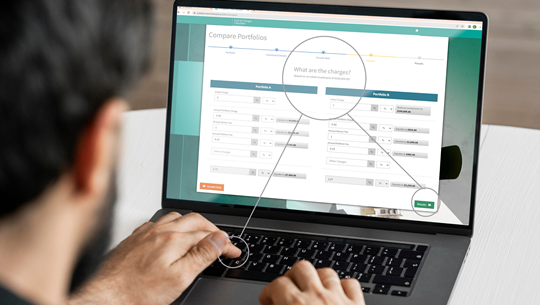The Joint Committee of the three European regulators responsible for PRIIPs has just updated its Q&As and includes a detailed answer on how to arrive at the Recommended Holding Period (RHP) of a PRIIP.
There are several elements to consider, depending on the terms of the product, starting, not surprisingly, with the product’s maturity date or any term when early redemption restrictions exist, if either of these applies. But then the answer throws a potential spanner in the works by saying “it is expected that for certain derivatives it is not recommended to hold the product until the maturity date”, so “the RHP should not automatically be either the minimum required holding period or the maturity date”.
For most funds, the manufacturer must decide the minimum holding period that can be recommended, taking into account features such as the risk/reward profile, capital guarantees, cost structure (the combination of one-off and ongoing costs) and any tax implications. The experience of similar products in the market and a group’s own experience with the product over time may also prove useful.
A PRIIP may have more than one equally suitable holding period. If so, this should be explained in the “What is this product?” and/or the ‘How long should I hold it and can I take my money out early?’ sections of the KID, which should summarise the risk/reward profile over the selected RHP and how the RHP was selected. In any event, the risk section of the KID will normally indicate that the risks of the PRIIP may be higher if not held to the end of the RHP, especially if there may be liquidity or cost implications.
Finally, the Q&A emphasises how important it is to arrive at a realistic RHP, taking into account retail investors’ likely experience, as the risk indicator, return scenarios and reduction in yield are all based on the RHP. This will ensure that investors are not misled about the true risks and returns the PRIIP might provide.
On a separate matter, the only other new question in the latest Q&As has suggested “it is good practice” to call the document with information on an investment option of a Multi Option Product (MOP) a “specific information document”, although it stops short of prescribing that. Key is that the name should not be misleading and must not be the same as the name of any other document.
For more information, please contact us.


